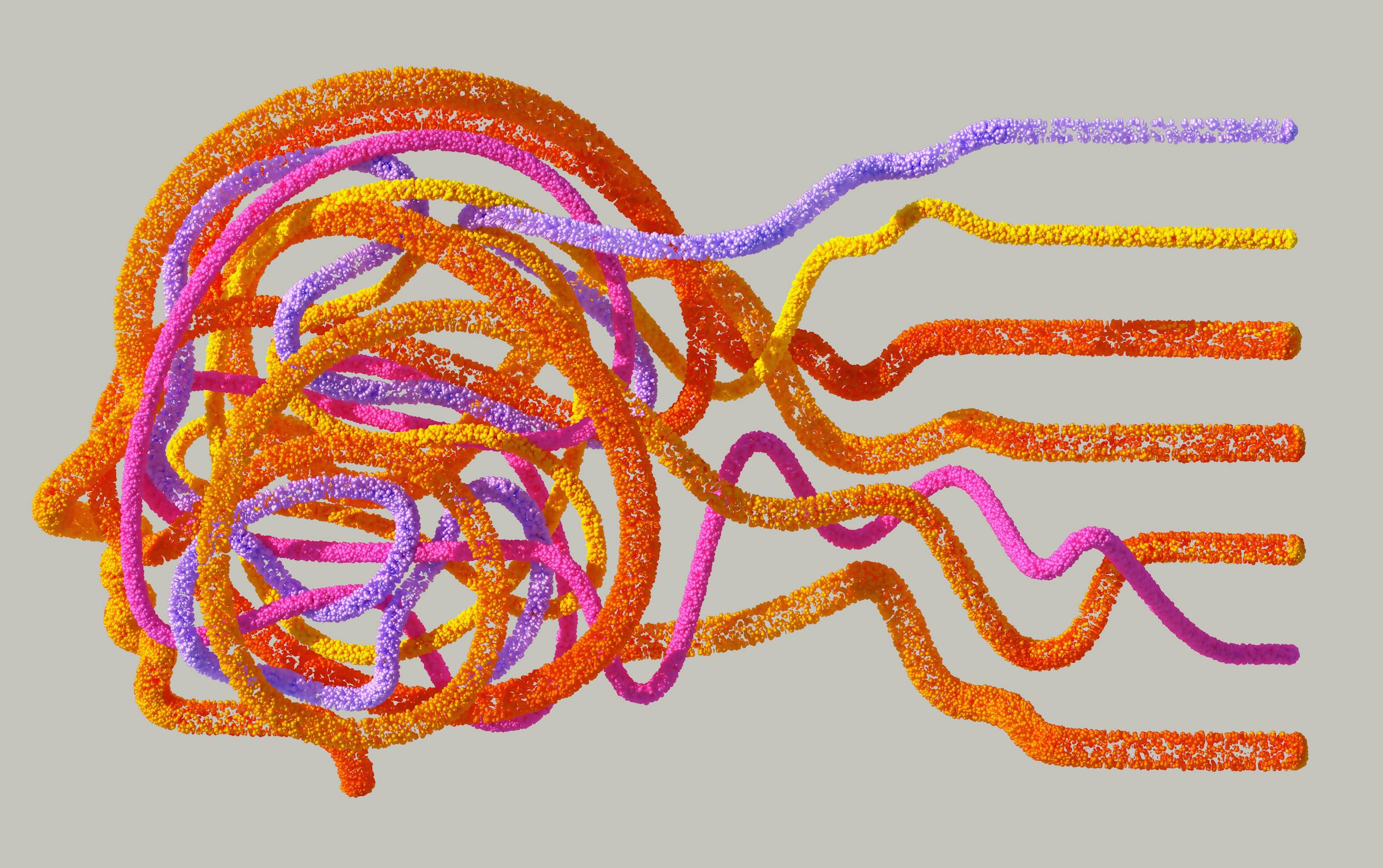What is brain grey matter?

Grey matter is a fundamental component of the central nervous system, distinguished by its greyish appearance due to its dense concentration of neuronal cell bodies, dendrites, and glial cells. It plays a crucial role in processing and integrating information within the brain, supporting various cognitive, sensory, motor, and emotional functions.
In the human brain, grey matter is predominantly found in the outer layers (cortex) of the cerebrum and in deeper subcortical structures. The cerebral cortex, responsible for higher cognitive functions such as thinking, perceiving, and decision-making, contains extensive grey matter. Subcortical structures like the thalamus, basal ganglia, and hippocampus also have significant grey matter volumes, contributing to functions such as sensory relay, movement control, and memory formation.
Clinically, grey matter plays a critical role in understanding and diagnosing neurological and psychiatric conditions. Diseases that affect grey matter can lead to significant cognitive and motor impairments. For instance, neurodegenerative diseases like Alzheimer's and Parkinson's are characterized by progressive grey matter loss, particularly in regions crucial for memory and movement control.
Advancements in neuroimaging techniques, such as magnetic resonance imaging (MRI), have revolutionized the study of grey matter in vivo. MRI scans provide detailed images of brain structure, allowing researchers to measure grey matter volume and track changes over time. This technology is invaluable in diagnosing brain disorders and monitoring treatment outcomes.
Research continues to uncover the complexities of grey matter and its implications for human health. Studies explore how factors like genetics, environment, and lifestyle influence grey matter development and resilience against neurological diseases. Understanding these factors may lead to novel therapies aimed at preserving grey matter integrity and enhancing brain function.
In conclusion, grey matter is not just a structural component of the brain but a dynamic entity essential for cognitive and neurological function. Its study through advanced imaging and research contributes significantly to our understanding of brain health and disease. By elucidating the role of grey matter in health and disease, scientists aim to improve diagnostics, treatments, and outcomes for neurological conditions affecting millions worldwide.